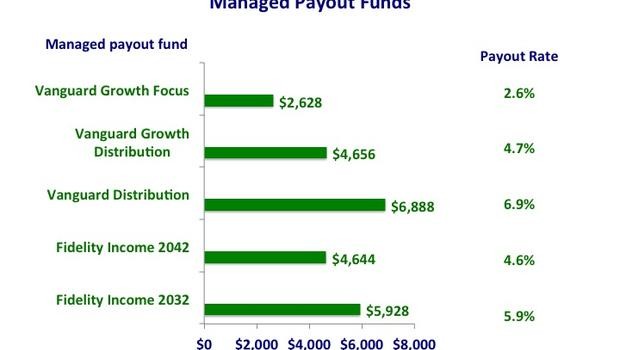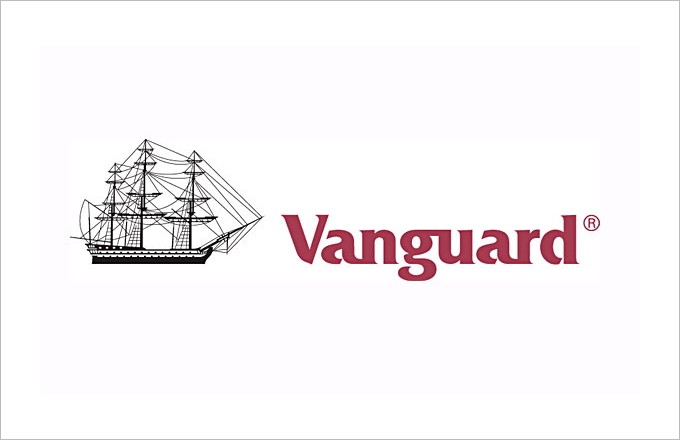Vanguard Retirement FAQs
Post on: 16 Август, 2015 No Comment

How does an IRA work?
An IRA offers you a tax-advantaged way to set aside money for retirement. It’s a personal savings plan in the form of a custodial account or trust set up for the exclusive benefit of you or your beneficiaries. An IRA is not an investment in itself; rather, it’s a type of account that holds the investments you select.
You can include different kinds of investments in a Vanguard IRA. In addition to a wide variety of Vanguard funds suitable for retirement investing, you can invest in stocks, bonds, and other companies’ funds.
What’s a traditional IRA?
A traditional IRA allows your investment to grow tax-deferred, meaning you pay no taxes on earnings until they’re withdrawn. Typically, you can’t withdraw from a traditional IRA without paying income tax plus a 10% federal penalty tax until you reach age 59. You must begin withdrawing money by the year after you turn 70.
Anyone with earned income can contribute to a traditional IRA. For some people, contributions to a traditional IRA are tax-deductiblemeaning a contribution will reduce their income tax bill. For instance, someone who doesn’t participate in a qualified employer retirement plan can deduct his or her entire contribution to a traditional IRA. Plan participants can deduct contributions only if their modified adjusted gross income doesn’t exceed certain limits, depending on their filing status.
In addition, most married couples filing a joint returneven those in which one spouse has little or no compensationcan make IRA contributions. The maximum they can contribute is two times the annual per-person limit. However, neither spouse can exceed the individual contribution limit for a particular year for his or her IRA.
For more information, check our IRAs area .
What’s a Roth IRA?
A Roth IRA offers tax-free investing: You pay no taxes on withdrawals made after you reach age 59 if youve owned a Roth IRA for the 5-year minimum holding period. Although contributions to Roth IRAs aren’t tax-deductible, you’re never required to make withdrawals, so your assets can grow tax-free throughout your life. (The beneficiary of a Roth IRA may be required to take withdrawals.) You must not exceed certain income limits to qualify for a Roth IRA. Check our IRAs area for more information.
Which IRA is best for metraditional or Roth?
The answer depends on your financial situation now and what you expect it to be in the future. For example, if you’re a participant in an employer-sponsored retirement plan and you have a relatively high income (up to certain limits), a Roth IRA may be the appropriate choice because a contribution to a traditional IRA wouldn’t be deductible on your tax return. If you exceed the income limits for a Roth IRA, the only choice you’ll have is to make after-tax contributions to a traditional IRAwhich still allows your investments to grow tax-deferred.
When deciding on a type of IRA, it also helps to think about how your tax situation might change following retirement. If you expect to be in a lower income tax bracket when you retire, a traditional IRA may be more suitable. Why? Because contributions may be tax-deductible now (depending on your income), and you’ll probably pay taxes at a lower rate when you make withdrawals.
Our comparison chart highlights the features of traditional and Roth IRAs.
Can I own more than one IRA?
Yes. There’s no limit to the number of IRAs you can own, but there are strict limits on how much you can contribute to these accounts during any given tax year.
No matter how many IRAs you have or what typetraditional ,  Roth. or SEP (an easy-to-administer plan for the self-employed or owners of small businesses)you may contribute no more than $5,500 per year for tax years 2014 and 2015 ($6,500 if you’re age 50 or over). These limits apply to all your IRA contributionsboth pretax and after-taxbut exclude employer contributions to a SEP. (Education Savings Accounts, formerly known as Education IRAs, are separate savings vehicles with their own rules.)
You should consider the cost of maintaining multiple IRAs. In general, many people find it advantageous to consolidate their IRA assets into a few accountsdepending on whether they have traditional and Roth IRAs. This allows them to eliminate unnecessary costs, such as account service fees on each IRA account. It also simplifies recordkeeping.
How do I determine the five-year minimum holding period for my Roth IRA contributions?
The five-year holding period begins on January 1 of the year for which your first Roth IRA contribution was made or in which your first Roth IRA conversion was completed, whichever is earlier. So if you opened your first Roth IRA on April 15, 2009, with a contribution for tax year 2008, you will have met the five-year minimum on January 1, 2013.
For the sake of this requirement, the IRS treats all your Roth IRAs as one. Once your first Roth account has met this requirement (and you’ve reached age 59), then you can make tax-free withdrawals from any of your Roth IRAs.
Can I roll over my retirement savings to Vanguard if I leave my job?
Yes. With a 401(k) rollover. you can transfer mutual fund assets and employer stock from most employer-sponsored plans to a Vanguard IRA.
Moving your assets to a traditional IRA is an excellent way to keep your investments growing tax-deferredand it’s not difficult to do. Be sure your assets move directly from your former employer’s plan to Vanguardwithout ever going through your hands. If you have the money sent to you instead, 20% of your assets will be withheld for federal income tax. Even if you put the money into an IRA within the next 60 days, as allowed by IRS regulations, you’ll have to make up that 20% to maintain the tax-deferred status of all your assets.

To make sure you take the right steps, call 800-414-1742 and talk with a retirement specialist who can help you with the paperwork and provide guidance on your asset allocation. If your employer plan is held at Vanguard, call 800-523-1188.
Can I roll over my 401(k) assets directly into a Roth IRA?
Yes. As of January 1, 2008, you are eligible to rollover your non-Roth employer-sponsored plan (such as a 401(k) plan) directly into a Roth IRA, assuming you are eligible for a conversion.*
A conversion is treated as a taxable distribution from the traditional IRA. The distribution amount is counted as part of your gross income in the year you take the distribution (except for the portion that represents after-tax contributions or after-tax rollovers).
To learn more, call a Vanguard retirement specialist at 800-414-1742, Monday through Friday from 8 a.m. to 8 p.m. or on Saturdays from 9 a.m. to 4 p.m. Eastern time.
* Section 824 of the Pension Protection Act of 2006 allows for this conversion.
How long does a direct rollover into a Vanguard IRA take?
The complete rollover process generally takes about six to eight weeksbut your part of it is minimal. That’s because Vanguard helps you every step of the way.
If you’re not sure what forms you need or how to complete them, a Vanguard retirement specialist can help. Call us at 800-414-1742. Retirement specialists are available Monday through Friday from 8 a.m. to 8 p.m. and on Saturday from 9 a.m. to 4 p.m. Eastern time.
Once we’ve received the necessary forms in good order, we’ll submit them to your former employer. Although most rollovers are completed within two months, it takes longer for some employers.
What is the difference between an asset transfer and a direct rollover?
The main difference between an asset transfer and a direct rollover is where the money is held before you bring it to Vanguard. If you’re moving money to Vanguard from:
- An IRA at another financial institution, you can initiate an asset transfer. You can move an IRA from another financial institution to Vanguard tax-free. You can also move securities held in a brokerage account at another financial institution to a Vanguard Brokerage Services account.
- An employer-sponsored plan such as a 401(k) or 403(b), you can initiate a direct rollover. You can make a direct rollover when you change jobs or retire. When you roll over your plan assets, you move them from a group plan to an IRA (which generally offers greater investment flexibility).














